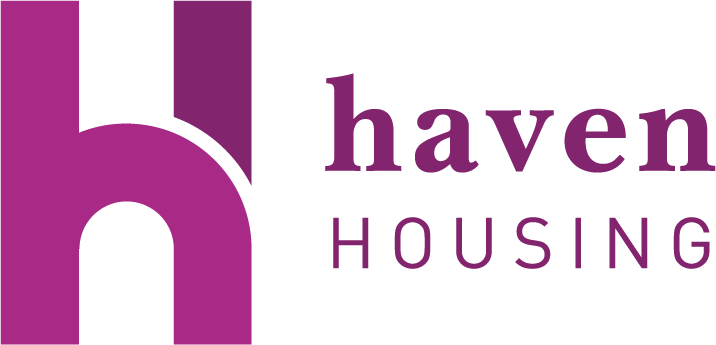By Monica Nilsson
When you are sick, what does the doctor suggest you do? Go home. Get plenty of rest. Take your medicine. Drink lots of water.
In the circles of work with people who don’t have shelter or housing, we name lots of reasons that it’s needed but often don’t start with having a place to be- a place to be so that our spirit and body can be rested so that we can live to work or be in relationship another day.
2020 has shown us more than ever the value of home and why just the possession of housing is the most primary healthcare we can hold.
People experiencing homelessness make up four tenths of one percent of Minnesota’s population. Homeless people who tested positive for Coronavirus equal three tenths of one percent. How can that be? Homeless people are always in mass settings or wandering in public or in crowded dining halls or shelters, right? Maybe. People experiencing homelessness are not a monolith. Some are couch hopping, some are in shelter, some are unsheltered. One third of Minnesota’s homeless population are in greater or rural Minnesota, one third in the suburbs combined and one third in the Twin Cities.
What was key to keeping the Covid-19 numbers low in the homeless community was having a place to be and having a place to isolate and recover when sick.
Early in the pandemic, Haven Housing became one of two operators, with our colleague People Serving People (PSP), of an emergency shelter in a downtown hotel for families experiencing homelessness who had a member test positive. We awaited a surge in numbers and gratefully, to this day, one has not come. In November, Haven was asked to operate what was planned to be the largest hotel for single adults who were homeless and Covid positive, serving the metro area in a suburban hotel. We expanded staffing, prepared the site, trained new staff and opened. By New Year’s Eve, the site was closed due to lack of need.
How could this be? At our St. Anne’s Place family shelter, the only shelter for families in north Minneapolis and one of only two emergency homeless shelters for families in Hennepin County along with PSP, we had one outbreak in September. But it wasn’t our families who tested positive, it was staff. Like many congregate living locations in Minnesota, it was the workers who were the riskier potential spreader. For that instance at St. Anne’s, we quarantined 20% of the staff and not one family tested positive.
At Ascension Place supportive housing for women, we had a small outbreak with a few residents and a few staff who tested positive. Again, the ability to have a place to be, to isolate and heal, prevented further spread.
What were the primary reasons that Covid has not spread in Minnesota’s homeless population? I believe it was primarily public sector support at the federal, state, county and city levels, support that meant thousands of homeless single adults statewide were sheltered in unused hotel rooms, providing economic benefit to the private sector and benefit to keeping people healthy. To this day, there are over 500 people per night being sheltered in hotels in Hennepin County alone. Shelters decompressed their spaces which meant at places like St. Anne’s, where families share the bathrooms that nuns once did when it was a convent, had some space in common areas to spread out.
The private sector shifted help too. The Partnership for a Connected MN, made of many private and philanthropic funders, funded technology improvements at sites throughout the state including at Haven Housing. Access to computers and wi-fi meant children were not packed in the tutoring lab and could do their schooling in their sleeping room. For those in supportive housing, they were able to keep the computers received!
Finally, Covid has widely eluded people in our Next Step and Ascension Place supportive housing program and shelter because our program participants and staff make it a priority to practice CDC recommendations to distance, mask, hand sanitize and check their temperature. The isolation from one another has perhaps been the hardest part, it has been for me, but it has meant safety.
Next is the vaccination process. Our staff and residents fall into the first group, third tier eligible for vaccines and we expect them soon. We look forward to the day that volunteers, donors and guests can return to our buildings. We hope you will be among them.
